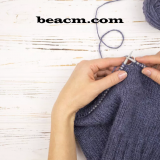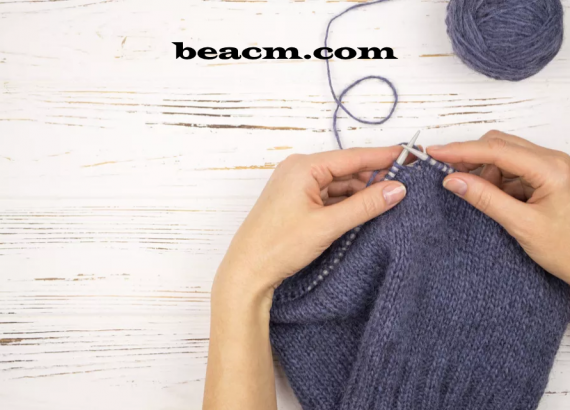Sock yarn

Sock Yarn

Sock yarn as a term refers both to a specific type of yarn and to a general category of yarn. Loosely defined sock yarn is any yarn you use to knit socks. It can be lace or worsted and can be made from almost any fibre under the sun. Different types of socks for different purposes can be made with different types of yarn. However, most sock yarn is yarn that has been specially developed for this purpose. It is usually light, although it can be heavier, and is knitted on small needles.
Definition and fibre types
Sock yarn is often a mixture of fibres that make the finished fabric more durable. While regular wool yarn can be used for a sock, many people prefer superwash wool for socks, as it can be washed in a washing machine. Other good options for socks are wool blends and almost any type of yarn with some nylon for durability.
Clara Parkes, who spends a lot of time talking about sock yarn, says that the best yarns for socks are elastic because they need to stretch around a foot, but then have to hold on to the foot when worn. abrasion resistant because socks rub against the foot, shoe or floor when worn, putting a lot of pressure on the fibre; and moisture management because foot sweat and socks need to either absorb or wick away this moisture to feel (and smell) good.
There is a lot to consider about the different types of fibres and why they may or may not be suitable for use with sock yarn. For example, while silk is too inelastic to be used as sock yarn, adding a little silk to other fibres gives a nice sheen that makes a pattern a bit more feminine. While cotton alone would easily lose its shape, a cotton blend can be a good choice.
If you love the feel of cotton, consider a yarn that blends up to 50 percent cotton with wool. This is one of the most successful fibre blends possible for socks or other garments, as each fibre complements the other perfectly and helps to overcome its weaknesses without overwhelming the blend. Cotton is an excellent moisture wick and is even stronger when wet, while wool offers softness, warmth and a better ability to recover from stretching than cotton alone.
Choose your yarn
If you are not familiar with knitting socks, you should probably start with yarns that are labeled as sock yarns, as they are generally more durable and easier to wash than yarns of similar weight that are not suitable for socks. You can also use other yarns, but you know that they may not be as good to wear on your feet as regular sock yarns. You may have socks that you never want to wear with shoes, for example, which is fine as long as you know you’re going in and aren’t disappointed by the lack of durability.
If you want to try a yarn that is not suitable for socks, knit a pattern and wear it around for a while. Rub it vigorously to simulate that you are in a shoe. If it looks immediately worn, it’s not the best choice for socks.




